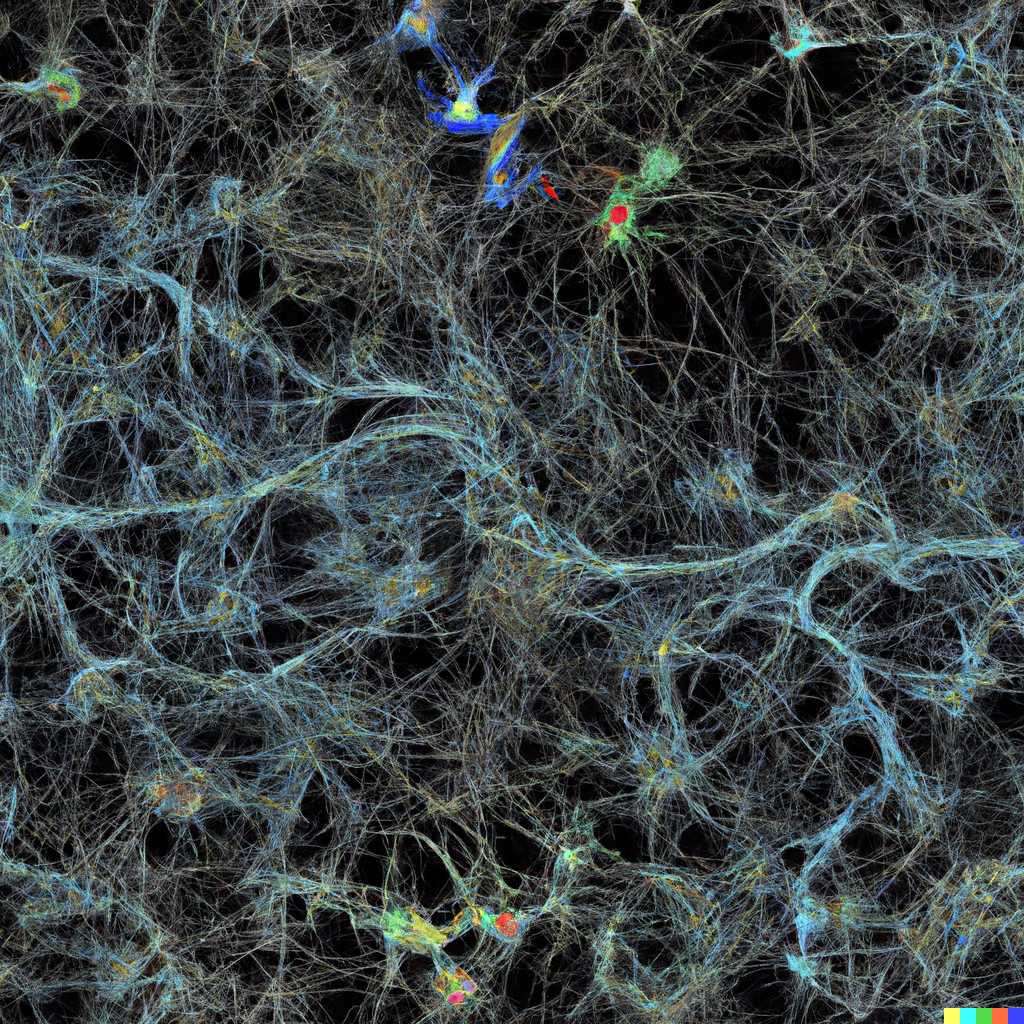As we progress in the field of Natural Language Processing (NLP), the accuracy and efficiency of deep learning models have been steadily increasing. Long Short-Term Memory (LSTM) is one such popular deep learning model that is extensively used in NLP tasks. However, the traditional LSTM has a limitation of only considering the past context while making a prediction. To overcome this limitation, Bidirectional LSTM (BiLSTM) was introduced, which considers both past and future contexts. In this article, we will learn about Bidirectional LSTM in detail and implement it using Python codes.
Table of Contents
- Introduction to LSTM
- Limitations of LSTM
- Introduction to Bidirectional LSTM
- Architecture of Bidirectional LSTM
- Forward and Backward Pass
- Implementing Bidirectional LSTM in Python
- Example of Bidirectional LSTM
- Applications of Bidirectional LSTM
- Advantages and Disadvantages of Bidirectional LSTM
- Conclusion
- FAQs
1. Introduction to LSTM
LSTM is a type of Recurrent Neural Network (RNN) that can remember information for a long duration of time. Unlike traditional feedforward neural networks, LSTM has a feedback connection, which allows information to persist for a longer time. LSTM has a unique cell state, which is used to carry information across time steps, and three gates (input, output, and forget) that control the flow of information.
2. Limitations of LSTM
The traditional LSTM has a limitation of only considering the past context while making a prediction. In many NLP tasks, the future context is also essential for making accurate predictions. For example, while predicting the next word in a sentence, the context of the words that come after the current word is also necessary.
3. Introduction to Bidirectional LSTM
Bidirectional LSTM (BiLSTM) is a type of LSTM that considers both past and future contexts while making a prediction. In a BiLSTM, two LSTM networks are used, one that reads the input sequence from the start and the other that reads the input sequence from the end. The outputs of both LSTM networks are combined to make the final prediction.
4. Architecture of Bidirectional LSTM
The architecture of a Bidirectional LSTM is similar to that of a traditional LSTM, with the addition of a second LSTM network that reads the input sequence in the reverse order. The outputs of both LSTM networks are concatenated to make the final prediction.
5. Forward and Backward Pass
In a Bidirectional LSTM, there are two passes: the forward pass and the backward pass. In the forward pass, the input sequence is processed from the start to the end, while in the backward pass, the input sequence is processed from the end to the start. The outputs of both passes are combined to make the final prediction.
6. Implementing Bidirectional LSTM in Python
We can implement a Bidirectional LSTM using the Keras library in Python. Here’s how to do it:
pythonCopy codefrom keras.layers import Input, Bidirectional, LSTM, Dense
from keras.models import Model
# define the input sequence
input_seq = Input(shape=(timesteps, input_dim))
# define the bidirectional LSTM layer
bilstm = Bidirectional(LSTM(units=64, return_sequences=True))(input_seq)
# define the output layer
output = Dense(units=output_dim, activation='softmax')(bilstm)
# create the model
model = Model(inputs=input_seq, outputs=output)
7. Example of Bidirectional LSTM
Let’s see an example of how to use Bidirectional LSTM to predict sentiment from movie reviews. We will use the IMDB dataset, which contains 50,000 movie reviews labeled as positive or negative. Here’s how to do it:
from keras.datasets import imdb
from keras.preprocessing.sequence import pad_sequences
from keras.layers import Input, Bidirectional, LSTM, Dense
from keras.models import Model
# load the dataset
(x_train, y_train), (x_test, y_test) = imdb.load_data(num_words=vocab_size)
# pad the sequences to make them of equal length
x_train = pad_sequences(x_train, maxlen=maxlen)
x_test = pad_sequences(x_test, maxlen=maxlen)
# define the input sequence
input_seq = Input(shape=(maxlen,))
# define the embedding layer
embedding = Embedding(input_dim=vocab_size, output_dim=embedding_dim, input_length=maxlen)(input_seq)
# define the bidirectional LSTM layer
bilstm = Bidirectional(LSTM(units=64, return_sequences=True))(embedding)
# define the output layer
output = Dense(units=1, activation='sigmoid')(bilstm)
# create the model
model = Model(inputs=input_seq, outputs=output)
# compile the model
model.compile(optimizer='adam', loss='binary_crossentropy', metrics=['accuracy'])
# train the model
model.fit(x_train, y_train, validation_data=(x_test, y_test), epochs=epochs, batch_size=batch_size)
After training the model, we can evaluate its performance on the test set. Here’s how to do it:
# evaluate the model
loss, accuracy = model.evaluate(x_test, y_test)
print("Test Accuracy: {:.2f}%".format(accuracy*100))
8. Applications of Bidirectional LSTM
Bidirectional LSTM has numerous applications in the field of Natural Language Processing. Some of them are:
- Sentiment Analysis
- Named Entity Recognition
- Machine Translation
- Question Answering
- Speech Recognition
- Text Summarization
9. Advantages and Disadvantages of Bidirectional LSTM
Advantages:
- Considers both past and future contexts while making a prediction.
- Can capture complex relationships in the input sequence.
- Useful for tasks where the future context is important.
Disadvantages:
- Can be computationally expensive due to processing the input sequence twice.
- Requires more memory than traditional LSTM.
10. Conclusion
Bidirectional LSTM is a powerful deep learning model that considers both past and future contexts while making a prediction. It is extensively used in NLP tasks such as Sentiment Analysis, Named Entity Recognition, and Machine Translation. In this article, we learned about the architecture of Bidirectional LSTM and implemented it using Python codes. We also discussed its advantages and disadvantages.









Leave a Reply